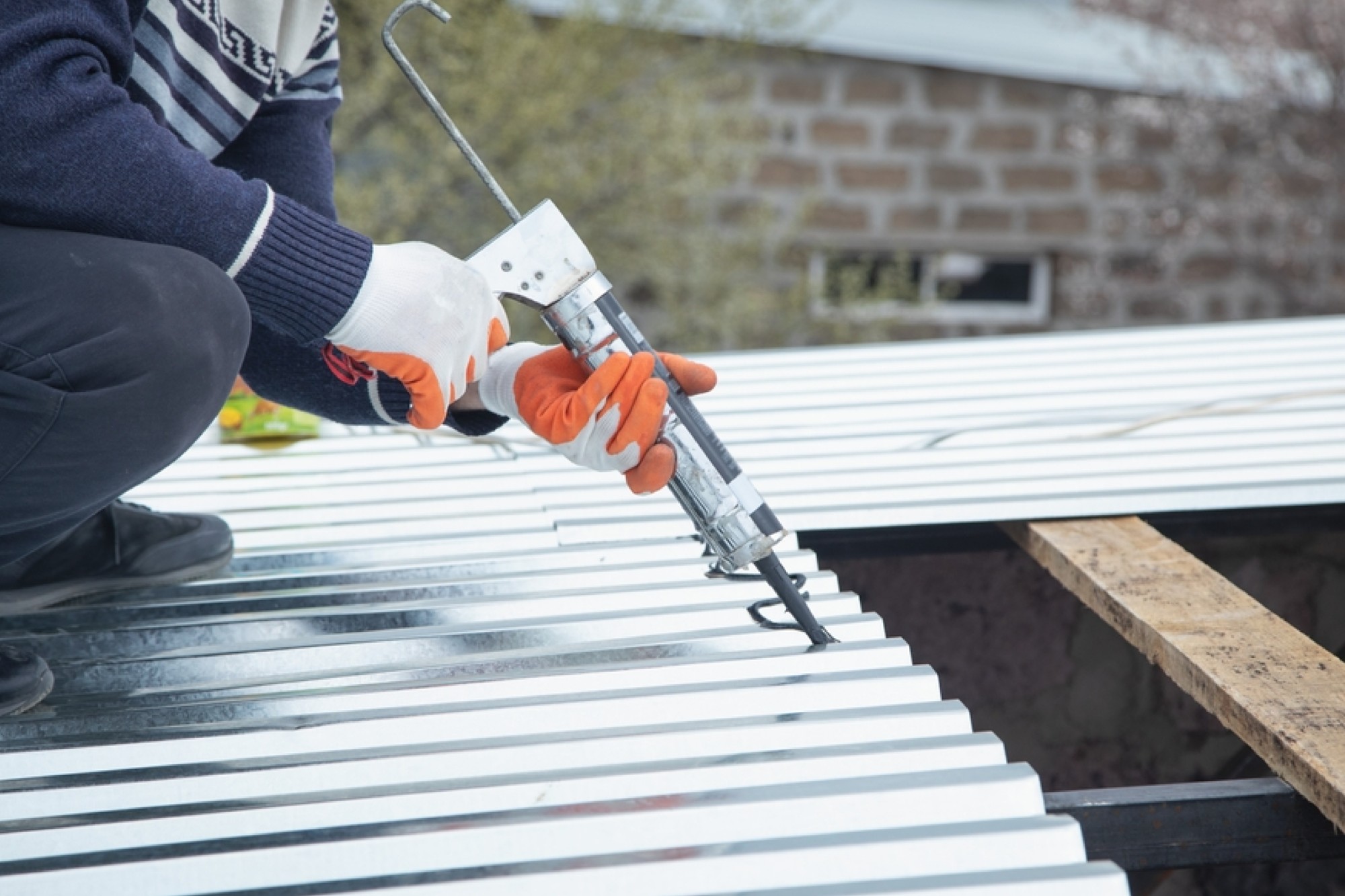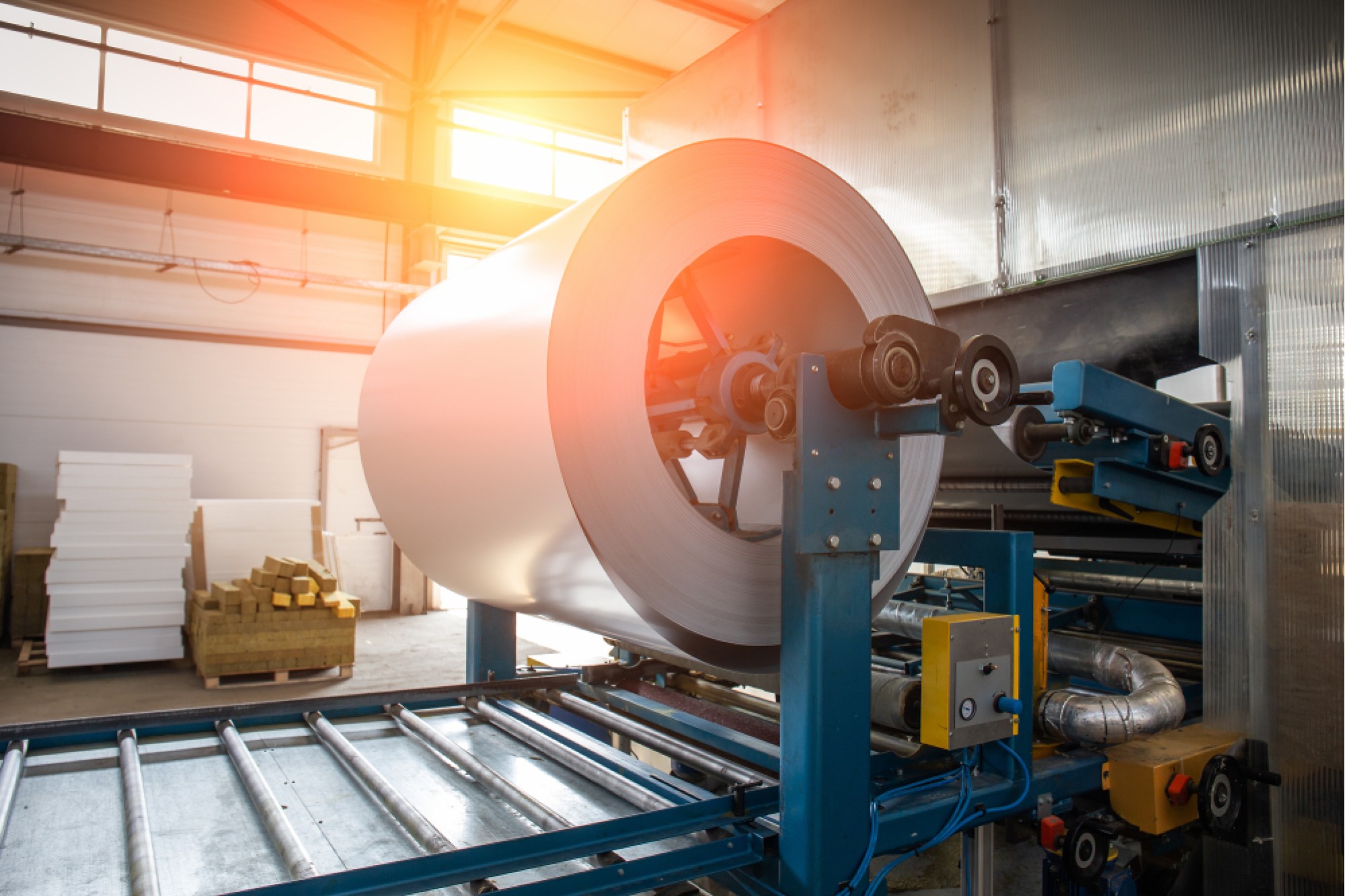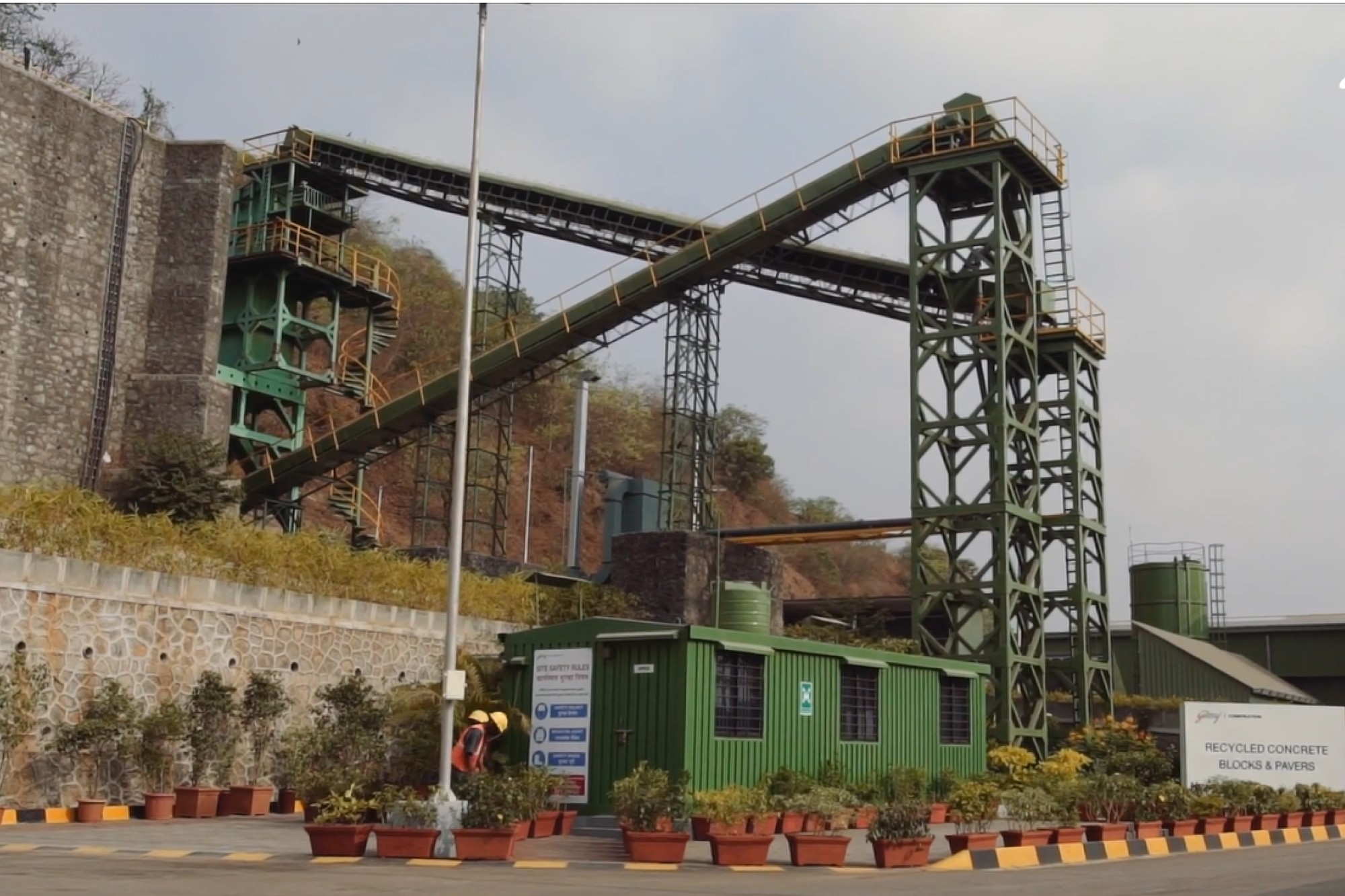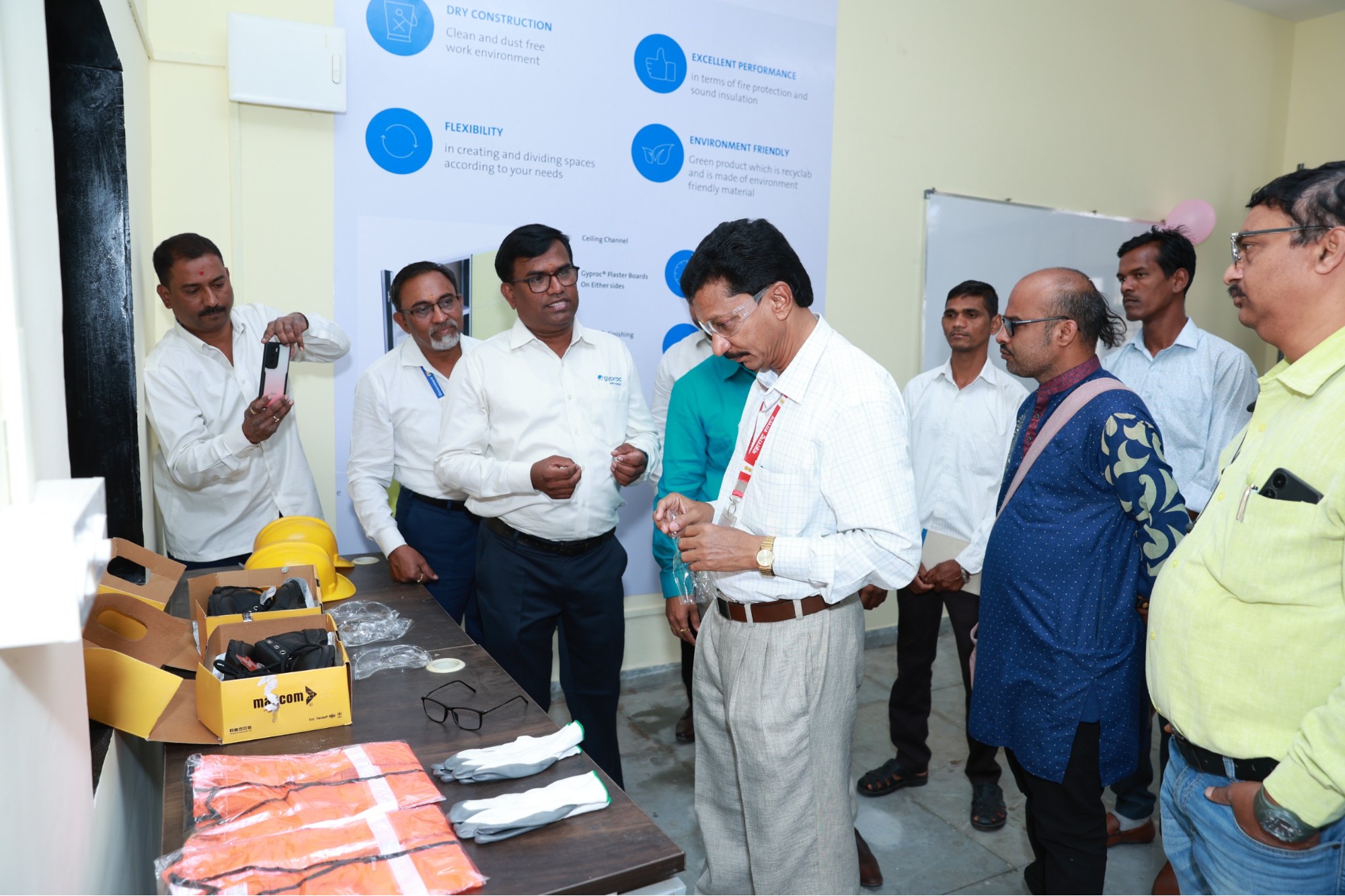Fire-resistant building materials
By Edit Team | August 24, 2017 9:23 am SHARE

Featuring a few advanced fire-resistant building materials used for building construction.
The term fire- resistant material refers to one that is designed to resist burning and withstand heat; however, residential fires kill more than 2,500 people every year in the United States alone. And most of such cases occur when people are asleep in their homes. Hence, the question arises out here is how we can prevent it from such circumstances. So, here we bring some of the fire-resistant building materials one can keep in mind.
uPVC doors and windows
Mario Schmidt, Managing Director, Lingel Windows and Doors Technologies Pvt Ltd, says, “Fire resistant building materials are essential for every home or office. uPVC Doors and Windows have these special properties. The material for doors or windows must have self-extinguishing properties which is an important factor to keep your home safe and secure; negligence of this can be disastrous. Therefore, installing UPVC doors and windows is a smart option.”
According to Manish Bansal, Director, Window Magic India, These windows and doors are designed not to support fire combustion in case of fire accidents. This gives them benefit over timber doors and windows. Furthermore, the uPVC material also enables them with self-extinguishing feature and prevents the fire from spreading.
Apart from the above, uPVC Windows and Doors also releases less combustion heat as compared to other plastics, which is helpful as almost negligent or no flaming droplets or debris is produced if it comes in contact with fire.
Bansal informs, “Burning of uPVC yields an expanded carbonaceous structure usually called ‘intumescence’. This structure forms a thermal barrier, protecting the underlying parts. In some cases, such as pipes, uPVC can even prevent fire from spreading by blocking the orifices through walls or floors. Since, uPVC is highly fire resistant, it is widely used in exterior construction materials such as window profiles, siding boards, or interior housing materials, such as wall-covering and flooring. It is also used in industrial facilities such as tanks, ducts, parting strips, or for sign boards, corrugated boards, and cable coverings.”
Oxygen index
Schmidt adds, “Oxygen index of PVC is 45 – 49; this is less than the required percentage. If your door is made of wood fire will spread faster. For it to burn it needs nearly 50 per cent oxygen to continuously burn as atmosphere contains only around 21 per cent oxygen. Calcium carbonate and chlorine in PVC prevents it from burning and make it self-extinguishing.”
Bansal explains, “There may be many ways of evaluating the fire retarding properties, but the oxygen index can be used for the evaluation with a comparatively high precision and reproducibility of the results. It represents the minimum oxygen concentration required for the test piece to continue burning in mixed gas of oxygen and nitrogen.”
Bansal further explains, “When the value is higher, the fire retarding property is higher. Since the oxygen concentration in the air is 21 per cent, a plastic with an oxygen index greater than 22 has self-extinguishing property, while a plastic with oxygen index smaller than 21 is flammable. Fire resistant properties can also be given to olefin plastics such as PE and PP by cross-linking treatment or by adding large quantities of fire retardants, but it would be difficult for these plastics to compete with the versatility of flexible uPVC products whose softness can be controlled with ease and which can be easily recycled.”
Lingel’s Smart Li
Another option one can consider is Lingel’s Smart Li which has special features. This will be a breakthrough in technology for the fenestration industry. The window has distinct features and can receive information from weather to fire and much more on the phone. Schmidt further explains, “Lingel’s Smart Li windows have inbuilt smoke detector. These smoke detectors play a vital role in detecting a hazard and intimating at the right time. When there is fire one may not be aware but the detector detects it and sends information on the phone.”
‘Metal’ a safe, environmentally choice
Metal is a safe and environmentally responsible choice for a fire resistant roof Maxroof, the leader in producing fire safe roofing for residential applications, manufactures products that are 1/20 the weight of most tile products and eligible for Class A, B, or C fire ratings as determined by roof preparation, says Sanjeev Rai, Founder and Managing Director, MaxRoof Corporation Pvt Ltd. “In addition to being fire resistant, Maxroof products carry the added advantage of being made from 95 per cent recycled materials.”
Maxroof metal roofing
A major factor that should not be ignored when picking out a new roof covering is safety. Picking a metal surface for your new roof is one of the safest decisions you can make for your home/ structure. Rai claims, “We at Maxroof offer various types of metal roofs that are non combustible, which means they are a renowned option for fire resistance. In fact, once you install new Maxroof metal roofing on top of your house or factory, you’ll be the proud owner of a surface that boasts a Class A fire rating, the best level of resistance available on the market. Sure, safety and endurance are certainly two features that emphasise the quality of a roofing material.”
Rai also added, “Fortunately, Maxroof offers metal roofing which comes in many style options that will enhance any type of architecture or color scheme your home possesses. At Maxroof you can even find a wide assortment of metal roofing accessories, such as color-matched trims, that allow for optimal customisation in design planning.”
Cookie Consent
We use cookies to personalize your experience. By continuing to visit this website you agree to our Terms & Conditions, Privacy Policy and Cookie Policy.





















































